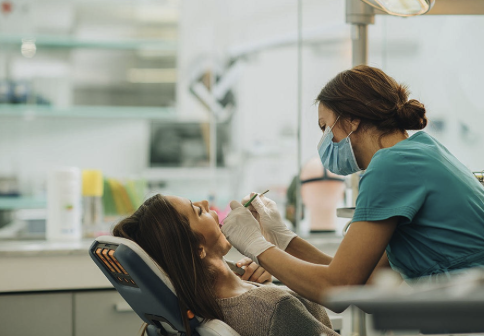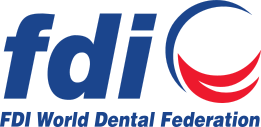Antibiotic Resistance in Dentistry
Considered one of the biggest threats to global health by the World Health Organization, antimicrobial resistance is expected to be responsible for ten million deaths each year by 2050.[1] The overuse and misuse of antimicrobial medicines is accelerating resistance development, making these drugs inefficient to treat common infections. If coordinated measures at the global scale are not taken rapidly, the world will be soon plunged into a post-antibiotic era in which common infections will become life-threatening.
Dentists are responsible for prescribing 10% of all antibiotics for humans
Antimicrobial resistance is when the drugs prescribed to treat infections from bacteria, viruses, fungi and parasites become ineffective. Antibiotic resistance (ABR) is of particular concern to dental teams, as antibiotics are the class of drugs most prescribed by dentists. About 10% of antibiotic prescriptions are issued by dentists, depending on the country. What’s more, studies have shown that many of these prescriptions were unnecessary. In the UK for example, it was estimated that 81% of antibiotic prescriptions were issued incorrectly or when not needed.[1] Clear and relevant guidance is needed to encourage dental teams to optimize the way that they prescribe antibiotics, doing so only when necessary.
Optimizing the use of antibiotics in dentistry
Over the last few years, FDI has been working to establish a framework and provide tools for dentist, dental teams and national dental associations to tackle ABR. During the 2017 World Dental Congress, the FDI Science Committee held a forum on antimicrobial resistance and stewardship. The main challenges, the role of dentists and dental teams in contributing to antibiotic resistance, the scope of the problem and a set of concrete actions to take were presented during the forum. Following that, in 2019 the FDI General Assembly adopted an FDI Policy Statement that highlights the main ways that dentists can contribute to antibiotic stewardship based on the WHO global action plan on antimicrobial resistance. In 2020, a white paper highlighting the role of dental teams in reducing ABR will be published, providing a framework for effective and coordinated actions to tackle ABR. The white paper includes an online library of resources with materials from around the world that can be consulted, adopted or adapted to meet local needs. The white paper and online library will be complemented by a Massive Open Online Course (MOOC) developed to teach healthcare professionals about the importance of antibiotic stewardship and what they need to do to reduce antibiotic resistance, with a special focus on dentistry.
Goal 1
Awareness raising: increase understanding of resistance through education, communication and training.
Goal 2
Advocacy: promote optimal use of antibiotics in dentistry and the integration of dentistry into National Action Plans
Goal 3
Research and knowledge transfer: Promote research into dental antibiotic resistance and stewardship and facilitate collaboration and exchange
Resources

Library of Resources
Antibiotic Stewardship for Dental Teams
Antibiotic resistance is of particular concern to dental teams, as antibiotics are the class of drugs most prescribed by dentists. About 10% of antibiotic prescriptions are issued by dentists, depending on the country...

Tackling Antibiotic Resistance
What Should Dental Teams Do?
Discover the danger posed by antibiotic resistance, and how dental teams can meet the challenge to protect patients.
